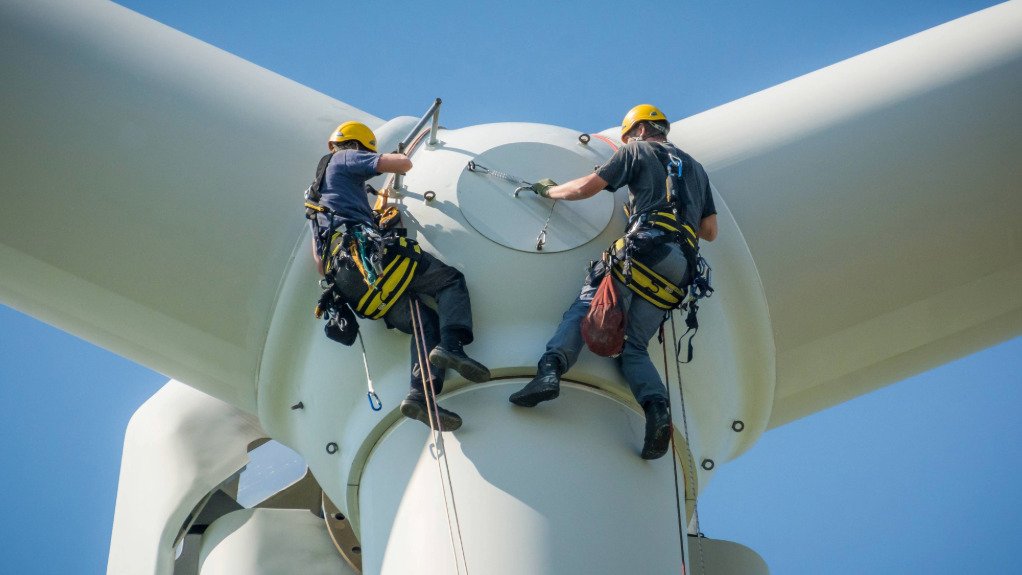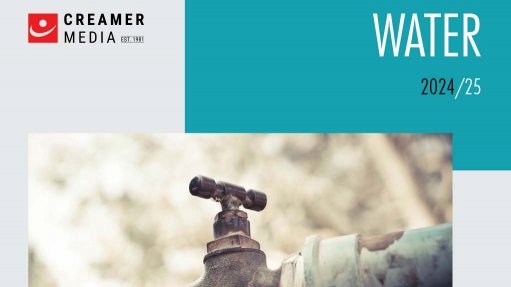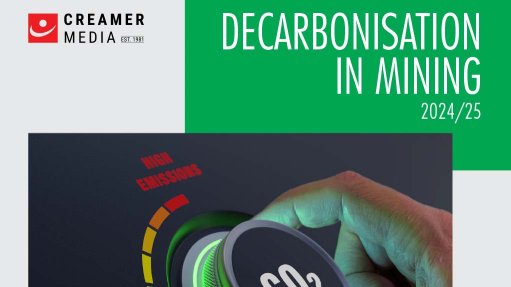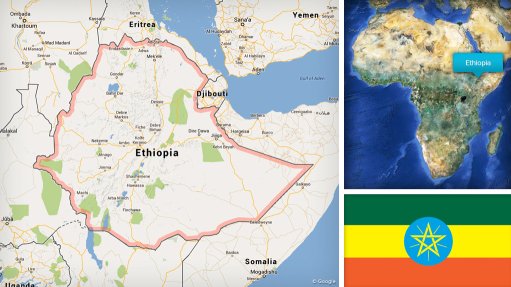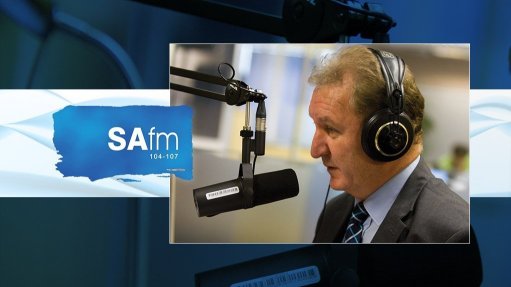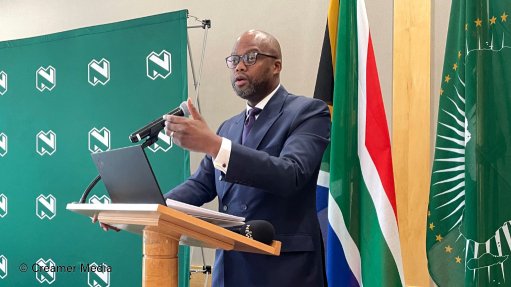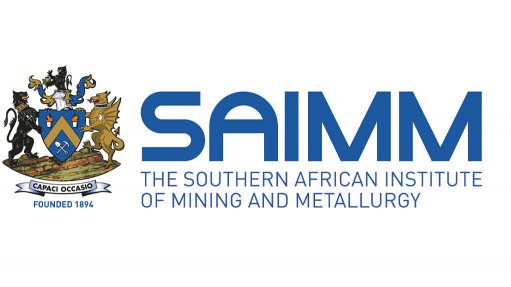CME calls for rapid energy infrastructure expansion to ensure reliable, cost-effective grid decarbonisation
The Chamber of Minerals and Energy of Western Australia (CME) says the rapid roll-out of transmission lines, wind generation and gas peaking plants will be key to the effective transition of the South West Interconnected System (SWIS).
The newly released 'Energy Costs in Transition: Decarbonising Western Australia’s SWIS' report highlights the need for urgent action to address growing reliability and pricing pressures during the decarbonisation of the state’s primary power grid.
The report maps a pathway to achieving 90% renewable generation by 2040 without compromising reliability or asking businesses to absorb a massive spike in costs.
Wholesale electricity prices have doubled in the space of three years, from $46/MWh in 2021 to $96/MWh in 2024, and major industrial users are increasingly concerned about reliability.
CME CEO Rebecca Tomkinson says industry has growing concerns about the timely delivery of new transmission lines and large-scale renewable generation required to offset the removal of coal-fired plants due to exit the SWIS by 2030.
The SWIS is critical to the ongoing viability and decarbonisation pathways of CME members, which account for around 60% of large industrial electricity demand on the network.
“To be considered successful, a future-focused SWIS must tick three boxes, namely that it must be low-emission, reliable and cost-competitive. Failure to deliver in all three areas risks decimating the energy-intensive resources and manufacturing industries that are the backbone of the state’s economy,” she says.
Crucially, the report found a swift decarbonisation scenario of 90% renewables by 2040, with an interim target of 75% by 2030, could be achieved at a total system cost only marginally higher than meeting the forecast demand without a specific emission reduction target.
The report also found that current and under-construction four-hour battery storage capacity is likely to be sufficient until 2030, but that transmission and generation investment is urgently required.
Transmission and generation investments that are required include a six-fold increase in wind generation capacity and doubling of both solar and gas-fired generation.
Tomkinson urges the Western Australian government to prioritise the swift release of a master transmission plan to guide public-private investment and provide certainty to customers and generation and storage proponents.
“Investment in large-scale renewables relies on connecting transmission infrastructure, but there is currently little guidance over what areas will be wired up and when they will come online,” she highlights.
“Industry supports a flexible, genuine user-pays funding model for transmission lines. However, there has been little engagement to date on what these models could look like and time is rapidly running out for work to start.”
Further, the report finds that gas-fired generation is essential to ensure low-cost grid reliability and support the roll-out of new renewables.
“Gas has a critical role to play as the grid’s backstop when the sun is not shining and the wind is not blowing, as has recently been the case on the East coast,” Tomkinson says.
Australia has made changes to domestic gas policy that are designed to improve market transparency, clarify producer obligations and provide investment certainty. Gas remains an essential ingredient on the road to decarbonising the electricity grid, she says.
Comments
Press Office
Announcements
What's On
Subscribe to improve your user experience...
Option 1 (equivalent of R125 a month):
Receive a weekly copy of Creamer Media's Engineering News & Mining Weekly magazine
(print copy for those in South Africa and e-magazine for those outside of South Africa)
Receive daily email newsletters
Access to full search results
Access archive of magazine back copies
Access to Projects in Progress
Access to ONE Research Report of your choice in PDF format
Option 2 (equivalent of R375 a month):
All benefits from Option 1
PLUS
Access to Creamer Media's Research Channel Africa for ALL Research Reports, in PDF format, on various industrial and mining sectors
including Electricity; Water; Energy Transition; Hydrogen; Roads, Rail and Ports; Coal; Gold; Platinum; Battery Metals; etc.
Already a subscriber?
Forgotten your password?
Receive weekly copy of Creamer Media's Engineering News & Mining Weekly magazine (print copy for those in South Africa and e-magazine for those outside of South Africa)
➕
Recieve daily email newsletters
➕
Access to full search results
➕
Access archive of magazine back copies
➕
Access to Projects in Progress
➕
Access to ONE Research Report of your choice in PDF format
RESEARCH CHANNEL AFRICA
R4500 (equivalent of R375 a month)
SUBSCRIBEAll benefits from Option 1
➕
Access to Creamer Media's Research Channel Africa for ALL Research Reports on various industrial and mining sectors, in PDF format, including on:
Electricity
➕
Water
➕
Energy Transition
➕
Hydrogen
➕
Roads, Rail and Ports
➕
Coal
➕
Gold
➕
Platinum
➕
Battery Metals
➕
etc.
Receive all benefits from Option 1 or Option 2 delivered to numerous people at your company
➕
Multiple User names and Passwords for simultaneous log-ins
➕
Intranet integration access to all in your organisation



